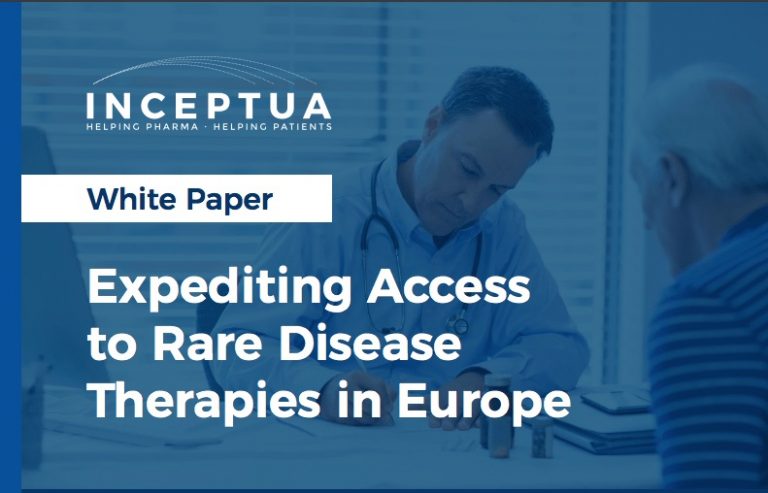Editor’s Note: The following is an excerpt from our guest speaker, Stuart Bell, Ph.D‘s new white paper “Expediting Access to Rare Disease Therapies in Europe: Exploring Multi-Stakeholder Approaches”. You may view the full white paper here.
Globally there are approximately 7,000 known rare diseases. About 4,000 – 5,000 of those have no available therapies [1]. Consequently, there are many patients with a rare disease who are waiting for a new therapy to become available.
To compound this deficit in treatment options; patient need is further accentuated by the delays in obtaining a Marketing Authorisation. According to the latest European Federation of Pharma- ceutical Industries and Associations (EFPIA) data (figure 1), the average time between marketing authorisation and patient access for an orphan drug varies from 113 days up to 1,141 days across Europe. In order to ensure patients in need can access new therapies as quickly as possible, it is critical that a multi-pathway, multi-stakeholder approach is taken.

Figure 1: The average time between orphan drug marketing authorisation and patient access. [2]
In this white paper we explore the various pathways for pre-approval access before regulatory approval, data generation to support regulatory approval and the benefits of early engagement with key stakeholders to secure timely, sustainable access to patients in need.
Designed for success – a multi-stakeholder approach to clinical development
Planning for patient access for orphan drugs must start early in the life-cycle of the product, right at the time of clinical development.
Traditionally, drug development has operated in a siloed approach, whereby functions that are critical to the drugs success post phase three are missed from early consultations with research and development teams. Over the years, many companies have adopted a multi-stakeholder approach to drug development, involving other critical functions, such as regulatory, medical, commercial and patient access, and importantly, patient groups early in the development process. In addition, regulatory engagement opportunities such as PRIME (PRIority Medicines) [3] set up by the European Medicines Agency (EMA) and open to manufacturers and marketing-authorisation applicants to engage in early dialogue, helping to optimise clinical development plans and potentially speed up evaluation, thus allowing new therapies to reach patients in need earlier.
To read the full white paper, view here (free access).

